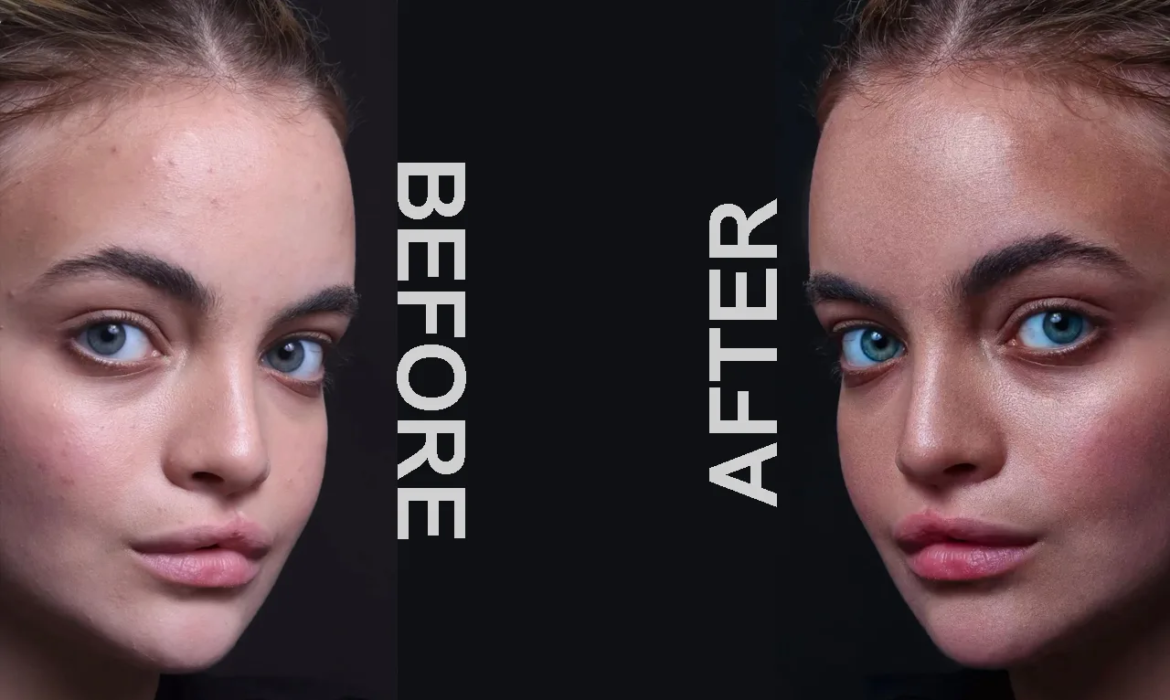In the fast-paced world of digital content creation, efficiency is the key to success. Whether you are a professional photographer, graphic designer, or content creator, the ability to deliver high-quality images quickly is crucial. In this article, we explore the concept of a 10-minute ultra-fast retouching turnaround and how it can revolutionize the way we approach image editing, allowing for scalability and increased productivity.
The Need for Speed in Image Editing
Contents
In an era where visual content dominates online platforms, the demand for captivating images is higher than ever. Photographers and designers often find themselves under pressure to deliver polished, eye-catching visuals in record time. Traditional retouching processes can be time-consuming, leading to missed deadlines and potential opportunities.
Recognizing the need for speed, industry professionals are turning to innovative solutions to streamline their workflow. The 10-minute ultra-fast retouching turnaround has emerged as a game-changer, allowing for efficient editing without compromising on quality.
Leveraging Technology for Speed and Precision
The advent of advanced image editing software and artificial intelligence has paved the way for unprecedented speed and precision in retouching. Automation tools, smart algorithms, and machine learning have significantly reduced the time required for tasks that were once painstakingly manual.
One notable example is the use of AI-powered retouching tools that can automatically enhance skin tones, remove blemishes, and adjust lighting in a matter of minutes. These tools analyze the image, identify imperfections, and apply corrections with remarkable accuracy. By harnessing the power of technology, professionals can achieve flawless results in a fraction of the time it would traditionally take.
The Importance of Scalability
Efficiency in image editing is not only about speed but also about scalability. As the demand for high-quality visuals continues to rise, professionals need to be able to scale their operations without compromising on the quality of their work. The 10-minute ultra-fast retouching turnaround is not just a time-saving technique; it is a scalable solution that allows for the rapid processing of large volumes of images.
Imagine a scenario where a photographer needs to edit hundreds of images from a recent photoshoot for a client’s advertising campaign. With traditional retouching methods, this could take days, if not weeks. However, by implementing a streamlined process that leverages technology and automation, the same task can be completed in a matter of hours, if not minutes. This level of scalability is invaluable in today’s fast-paced digital landscape.
Enhancing Creativity Through Efficiency
Contrary to the misconception that speed compromises creativity, the 10-minute ultra-fast retouching turnaround can enhance the creative process. By eliminating the tedious and time-consuming aspects of manual retouching, professionals can allocate more time to the artistic and conceptual aspects of their work.
With the burden of repetitive tasks lifted, photographers and designers can focus on experimenting with different creative approaches, exploring unique styles, and pushing the boundaries of their artistic expression. The newfound efficiency not only accelerates the delivery of projects but also opens up space for innovation and creative exploration.
Overcoming Challenges with a Systematic Approach
Implementing a 10-minute ultra-fast retouching turnaround requires a systematic approach that combines technology, expertise, and a well-defined workflow. Here are some key steps to achieve efficient and scalable image editing:
Selecting the Right Tools:
Invest in advanced image editing software and AI-powered retouching tools that align with your specific needs. Choose tools that offer a balance between automation and manual control to ensure flexibility and precision.
Customizing Workflows:
Develop customized workflows that cater to your unique requirements. Identify repetitive tasks that can be automated and create a systematic process for handling different types of edits. This ensures consistency and accelerates the overall editing process.
Training and Skill Development:
Provide training to your team to familiarize them with the selected tools and workflows. Developing expertise in utilizing technology for retouching is crucial for maximizing efficiency. Continuous skill development ensures that your team stays ahead of industry trends and advancements.
Quality Assurance:
Despite the speed, quality should never be compromised. Implement robust quality assurance measures to ensure that the edited images meet the highest standards. This may involve manual reviews, feedback loops, and fine-tuning automated processes to align with specific project requirements.
Scalability Planning:
Anticipate future scalability needs and plan accordingly. Ensure that your systems can handle increased workloads without sacrificing efficiency or quality. Scalability planning involves both technological infrastructure and human resources.
The Future of Image Editing
The 10-minute ultra-fast retouching turnaround represents a paradigm shift in the way we approach image editing. As technology continues to evolve, we can expect even more advanced tools and techniques that further enhance speed, precision, and scalability.
The integration of artificial intelligence, machine learning, and automation into image editing processes is likely to become more sophisticated, allowing for a seamless blend of human creativity and technological efficiency. The future holds exciting possibilities for professionals in the visual content creation industry, where the rapid turnaround of high-quality images becomes the new standard.
Conclusion
The 10-minute ultra-fast retouching turnaround is not just a time-saving strategy; it is a strategic approach to scaling efficiency in image editing. By leveraging technology, streamlining workflows, and fostering a creative environment, professionals can meet the growing demand for captivating visuals while pushing the boundaries of their artistic expression. Embracing this transformative approach is not just about keeping up with the pace of the industry; it’s about leading the way into a future where efficiency and creativity go hand in hand.







